Part Two of Chris Sullivan’s history of male grooming
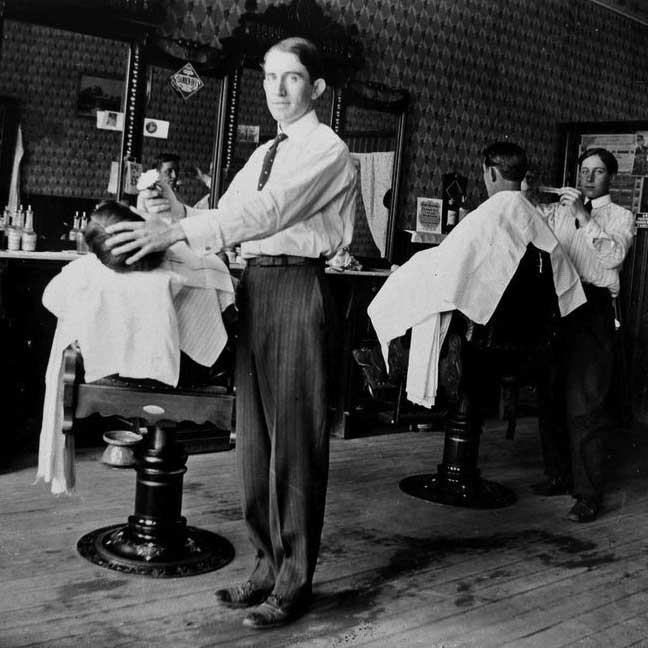
The first rudimentary form of shaving cream was documented in Sumer, Mesopotamia (now Southern Iraq), around 3000 BC, which combined wood alkali and animal fat. Further shaving creams remained essentially unchanged from the Romans to the Renaissance, and it wasn’t until the 18th century that men started using a badger hairbrush to apply the soap. Shaving cream as we now know it first cropped up in the 1840s in England, Vroom and Fowler’s Walnut Oil Military Shaving Soap being one of the first widely available foaming tablets on the market. Since then, the only significant change has been the dreaded aerosol cream and shaving oils, such as Penhaligon’s or King of Shaves; the latter saving time and being easy to carry abroad and deliver a far better shave than an aerosol foam or gel. Neither are a match for a proper wet shave however, especially if one uses a soap with a high fat content (30 to 50 per cent) such as Geo F. Trumper, Klar or Santa Maria Novella, and apply it with a good badger-hair brush that exfoliates the skin, raises the bristle and prevents nicking.
AFTER SHAVE
Shaving and the aforementioned irritation prompted the creation of after-shave. Employed since Roman times, this might contain an antiseptic agent such as denatured alcohol, witch hazel or stearate citrate to prevent the infection of cuts, astringent to reduce skin irritation and menthol to numb damaged skin. The earliest brand of after shaves still on the market are Pinaud Clubman, created by pioneering perfumier Eduard Pinaud somewhere around 1835 and Aqua Velva, introduced in 1929 by JB Williams.
Of late, however, most agree that the use of a good moisturiser or after-shave balm soothes the troubled skin much better than after-shave, as alcohol undeniably dries out the skin. Often cologne and eau de toilette are mistaken for after-shave, but the latter contains less perfume than either, its scent lasting just a few hours, although it should also contain soothing and cooling agents. Eau de toilette generally contains more perfume than Cologne and lasts 6 to 8 hours. The most powerful and most expensive however (and generally rare in men’s fragrances) is, Eau de Parfum, which contains three times the perfume oil of eau de toilette, five times that of Cologne, ten times that of after shave, and will last all day.
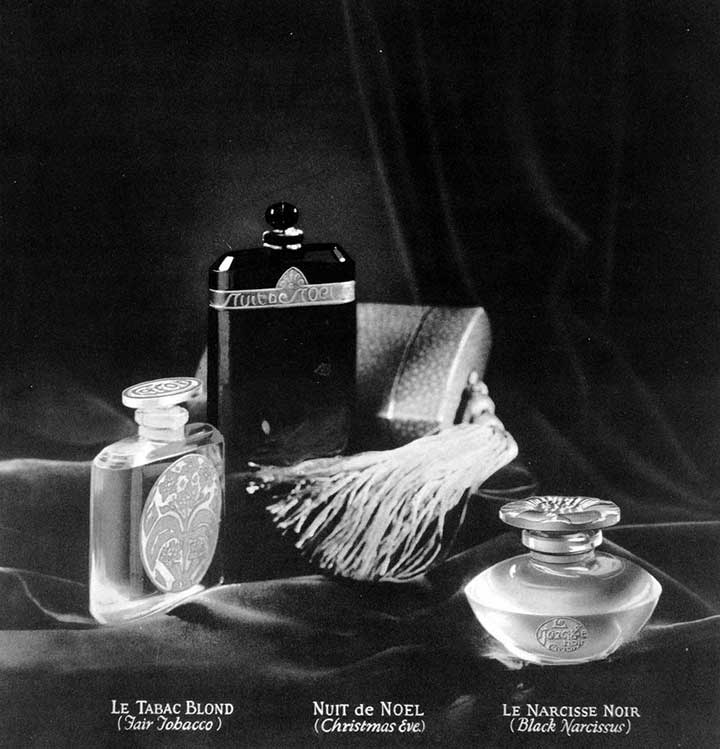
The word perfume derives from the Latin perfumare, meaning ‘to smoke through.’ It was first made in Mesopotamia and Egypt, the earliest example found was made in 2000 years BC, while Arab chemist Al Kindi pioneered the form in the 9th century AD and, 200 years later, Persian chemist Ibn Sina introduced the process of extracting oils from flowers by means of distillation, a procedure still used today. In the West, it was the monks of Santa Maria Novella, Florence, in Italy who blazed the way from 1221. One practitioner, Rene the Florentine made perfume for Catherine de Medici in the 16th Century. She took it to France, where it was used to cloak the nation’s soap dodging tradition, and started an ongoing Gallic industry. Cologne, on the other hand, was created 1709 by Giovanni Maria Farina (1685–1766), who moved to the German city of Cologne and produced his spirit-citrus concoction that became an instant hit with European royalty (at the time, a single vial of this aqua mirabilis cost half the annual salary of a civil servant) and named it after his adopted city, while his trademark 4711 cologne is today the world’s oldest selling fragrance, simply named after the number on the street where his factory was situated.
HAIR PRODUCTS
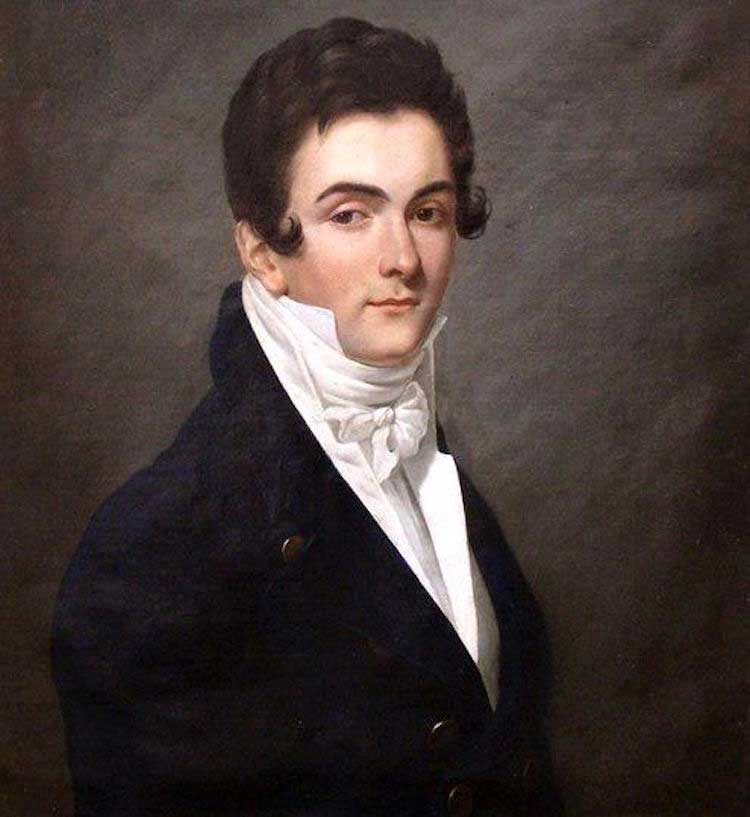
The daddy of modern hairstyling and grooming was of course Beau Brummell who, in 1800, championed the ‘natural’ look, as opposed to the powdered wigs favoured by his predecessors the Macaronis. Brummell’s new look was hair oiled by pomade made of bear fat, which, being rather hard to come by, was superseded by petroleum jelly, beeswax and lard. The aforementioned Pinaud Company thus invented brilliantine, comprising essential scented oils, olive oil and glycerine in 1900, while one of the first marketed pomades (basically the addition of beeswax and petrolatum to the brilliantine mixture) was Murray’s Pomade developed by C.D. Murray in Chicago in 1922. The latter, favoured by the likes of Rudolph Valentino, Douglas Fairbanks and Mobster trendsetter Al Capone, who greased back their hair to achieve what was nicknamed ‘Patent Leather’ hair or ‘helmet head,’ became hugely popular and other companies jumped on the bandwagon such as Brylcreem (a softer product invented in England in 1928), and Royal Crown Hair Dressing (a pomade that originated in 1936 and used by Elvis and Johnny Cash) all of which are still sold today.
Pomade, hair oil, hair gel and their many counterparts have constituted a big part of the grooming market for almost all of the 20th Century (they did duck out of sight in many quarters during from the mid sixties till the mid seventies) and were ubiquitous from the 1940s onwards. Until the 1960s a man was not considered properly groomed unless his hair was greased back while, in the eighties, the look became the cat’s pyjamas. Unquestionably, today the combed forward gelled look has become rather naff while pomade has ducked out of sight purely because it is so hard to wash out. Back in the eighties we used washing up liquid to rid ourselves of the treacle-like Pluko – first made in the 1920s by the likes of Black and White, our girlfriends moaning bitterly about the stain it left on both pillows and their clothes.
FACIAL HAIR
And then we come to the gentleman’s mustachio, an item that requires as much care and attention that one might lavish on one’s 3-month-old child. It has to be carefully trimmed and maintained and, rather like one’s offspring, not addressed when drunk. I have trimmed my moustache when drunk, hungover, and tired, in a rush, in meagre light and have always come a cropper, as my ever-changing growth will attest. I recall back in the eighties when I first sported the curled variety of whiskers, moustache wax was hard to come by. The only one on offer was Zwirble Hungarian Moustache Wax, sold in only one store in the UK on Jermyn Street. The situation for the man who cares for the hair on his upper lip has improved enormously since then; indeed, even The Chap now purveys a superior whisker wax, Debonair, made in collaboration with top lip weasel stiffening company Captain Fawcett.
CONCLUSION
Finally, one can take grooming too far. The tinted moisturiser with gold sparkles from Tom Ford is one example and, unless you look like the wolf man, eyebrow plucking is another no-no, while waxing treatments including the “boyzilian” – the male Brazilian wax – are simply not acceptable among men of standing. I know a girl who left her boyfriend because he had three times as many grooming products as her, and spent hours in the bathroom while she waited outside on the verge of incontinence.
“It was really off putting,” she complained, “He’d have ten types of hair gel, 20 bottles of men’s moisturiser and countless god knows what else, and he’d come out of the bathroom after an hour smelling like a Persian whorehouse; eyebrows plucked, skin immaculate, and better groomed than me – and then he expected me to sleep with him.”
I rest my case.
For everything a chap needs to ensure fabulous grooming: www.thechap.co.uk

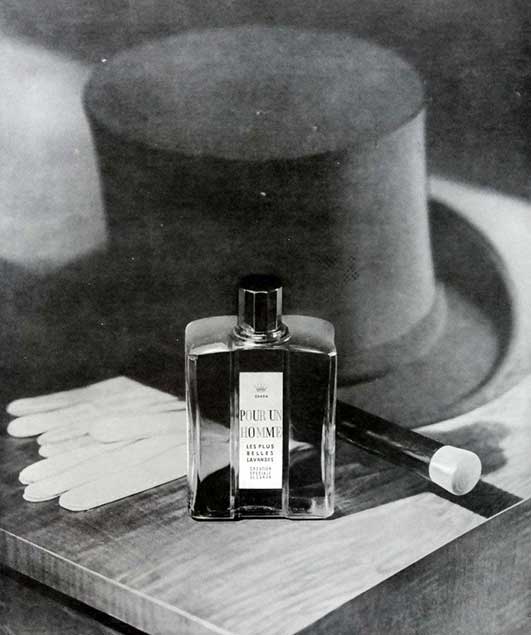
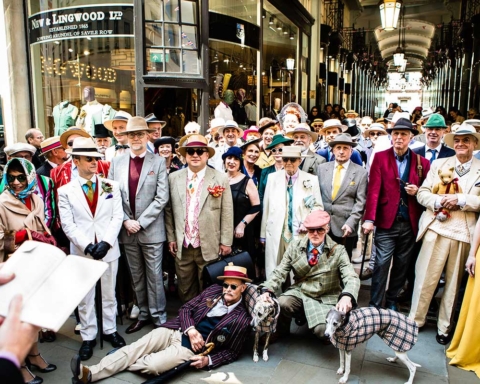
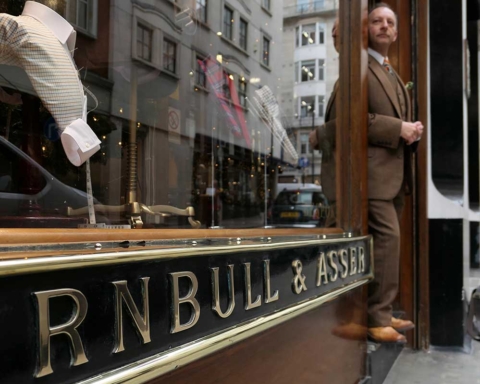
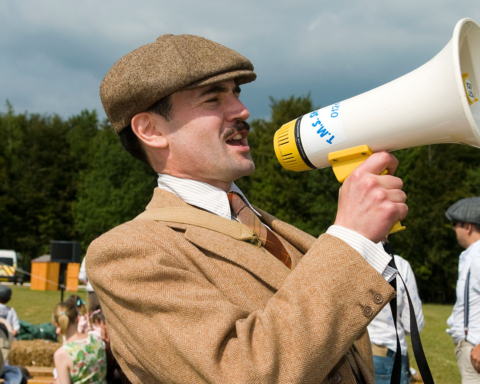
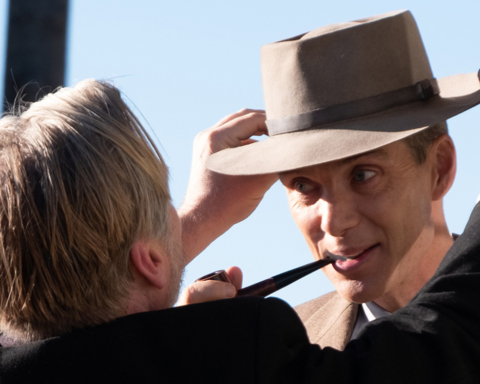

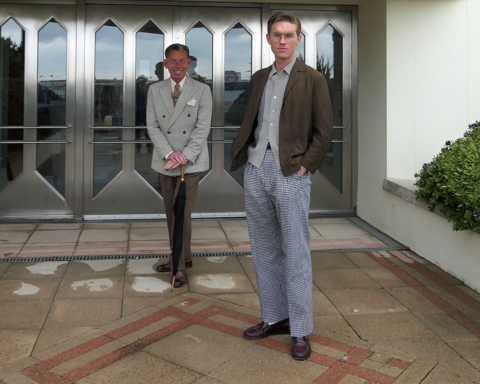

[…] See Part Two: Creams, Colognes and After-shaves […]